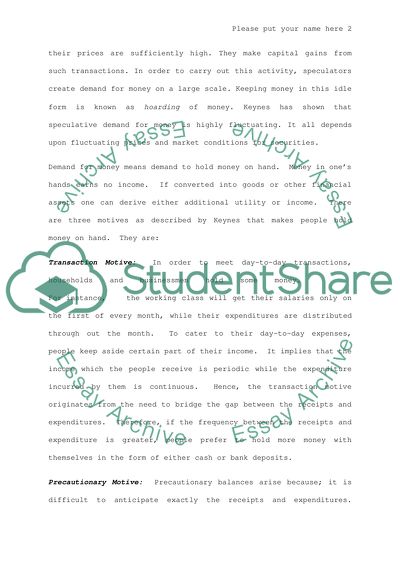Cite this document
(“Macroeconomics Coursework Example | Topics and Well Written Essays - 1500 words”, n.d.)
Retrieved de https://studentshare.org/miscellaneous/1544938-macroeconomics
Retrieved de https://studentshare.org/miscellaneous/1544938-macroeconomics
(Macroeconomics Coursework Example | Topics and Well Written Essays - 1500 Words)
https://studentshare.org/miscellaneous/1544938-macroeconomics.
https://studentshare.org/miscellaneous/1544938-macroeconomics.
“Macroeconomics Coursework Example | Topics and Well Written Essays - 1500 Words”, n.d. https://studentshare.org/miscellaneous/1544938-macroeconomics.


